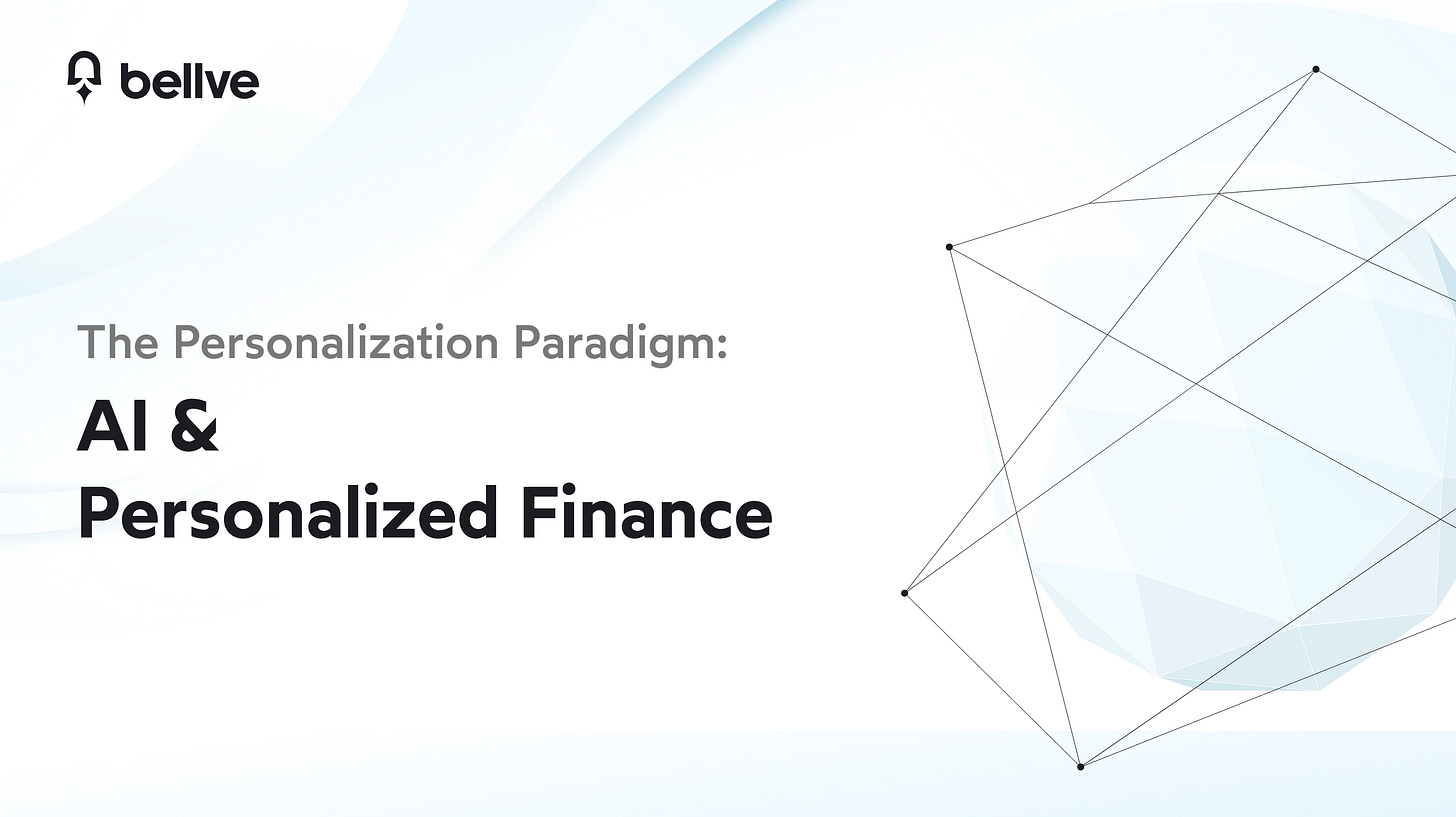For nearly a century, the financial industry has operated on a fundamental contradiction: while money is deeply personal, financial products are anything but. Banks offer standardized savings accounts with identical rates regardless of individual circumstances. Investment firms segment clients into broad risk categories based on simplistic questionnaires. Fund managers create products for the average investor — who, by definition, doesn’t exist.
This standardization made sense in an era of limited computational power and human-driven operations. But in 2024, as artificial intelligence reshapes every aspect of our lives, the persistence of generalized financial products has become not just outdated, but fundamentally inefficient.
The False Economy of Standardization
The traditional financial system’s approach to personalization is roughly equivalent to a department store’s sizing system — Small, Medium, Large. It’s better than one-size-fits-all, but far from truly personal. This standardization was born of necessity: human financial advisors can only handle so many clients, and banks can only manage so many unique products.
But this model creates hidden costs that we’ve simply accepted as normal:
The conservative investor in a “moderate risk” fund who could safely take more risk in specific sectors they understand well. The aggressive investor who needs more protection in certain market conditions but doesn’t get it because their fund’s mandate doesn’t allow for dynamic adjustment. The yield-seeking saver who’s forced to accept the same low rate as someone who prioritizes instant access to capital.
These inefficiencies don’t just impact individual returns — they create systemic drag on capital allocation efficiency across the entire market.
The AI-Driven Revolution in Personal Finance
The emergence of sophisticated AI systems marks a fundamental shift in what’s possible. For the first time, we can create truly personalized financial strategies at scale. This isn’t just about better customer service or more granular risk categories — it’s about fundamentally rethinking how financial products work.
Modern AI systems can:
Process thousands of data points to understand individual risk tolerance with unprecedented nuance
Monitor market conditions 24/7 and adjust strategies in real-time
Learn from user behavior and market responses to continuously refine their approach
Operate at a scale that makes true personalization economically viable
This capability changes the fundamental equation of financial services. Instead of forcing users to fit predetermined categories, we can now create strategies that adapt to individual needs, preferences, and circumstances.
The Psychological Element
The importance of this shift goes beyond pure financial optimization. Traditional standardized products often force users to act against their own psychology, leading to poor decisions and suboptimal outcomes. An investor might panic-sell during a downturn because their “aggressive growth” portfolio doesn’t account for their specific tolerance for paper losses. Another might miss opportunities because their “conservative” allocation doesn’t recognize their expertise in particular sectors.
AI-driven personalization can account for these psychological factors in ways that static categories never could. By understanding not just what users say they want, but how they actually behave under different conditions, AI can create strategies that users are more likely to stick with through market cycles.
From Theory to Practice: The New Architecture of Personal Finance
The implementation of true personalization requires a fundamental rethinking of financial infrastructure. Instead of static products managed by human teams, we need dynamic systems that can:
Continuously Learn and Adapt
Monitor user behavior and preferences
Adjust to changing market conditions
Evolve strategies based on outcomes
2. Operate at Multiple Levels
Individual position management
Portfolio-level optimization
Cross-market opportunity identification
3. Balance Multiple Objectives
Risk management
Return optimization
Liquidity preferences
Tax efficiency
This new architecture is particularly crucial in crypto markets, where opportunities and risks can emerge and disappear in minutes rather than days or weeks. The ability to identify, evaluate, and act on opportunities in real-time while maintaining alignment with individual user preferences is beyond human capability.
The Future of Personalized Finance
As AI systems become more sophisticated, we’re moving toward a future where the very concept of standardized financial products may become obsolete. Instead of choosing from a menu of pre-made options, users will have strategies built specifically for them, continuously optimized based on their changing circumstances and market conditions.
This future has profound implications:
For Users
Better alignment between financial strategies and personal goals
More efficient use of risk tolerance
Better risk-adjusted returns
Reduced psychological stress
2. For Markets
More efficient capital allocation
Better price discovery
Reduced systemic risks from homogeneous strategies
More resilient financial system
3. For the Financial Industry
Shift from product creation to platform development
Focus on AI capability rather than product design
New forms of competition based on algorithmic effectiveness
Challenges and Considerations
The transition to truly personalized finance isn’t without challenges. Privacy concerns, algorithmic bias, and the need for transparency and accountability must all be addressed. There’s also the question of how to regulate systems that create unique strategies for each user rather than standardized products that can be easily reviewed and approved.
Conclusion
The shift from standardized to personalized finance represents more than just a technological upgrade — it’s a fundamental rethinking of how financial services should work. As AI systems become more sophisticated, the question isn’t whether this transformation will happen, but how quickly and who will lead it.
The financial institutions that thrive in this new era will be those that embrace true personalization, building systems that can adapt to individual needs rather than forcing individuals to adapt to standardized products. This isn’t just about better technology — it’s about finally aligning financial services with the personal nature of money itself.
The era of one-size-fits-all finance is ending. The future is personal.





